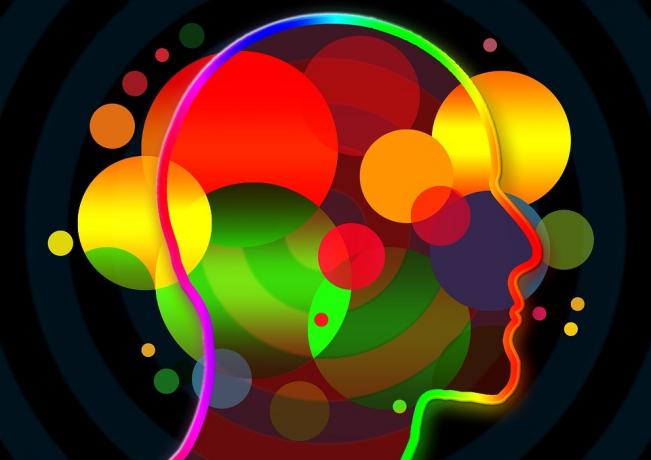A word that we hear with some frequency — and which, however, is not clearly understood by the great mass — is "empathy".
What does this term really mean?
It designates a state of the human psyche responsible for. interpret, through the individual referential of others, how they feel. emotionally and/or cognitively. A simple and easy to understand way. to refer to the word would be to say that it basically means: if. put in place of the other.
An example of an empathetic state would be when, for example, an individual is able to feel the pains or pleasures of others just by. observe certain events; it is a state that reflects identification with. its neighbor, that is, it is related to the observer's own experience.
Empathy does not only happen between beings belonging to it. species. Thus, it is possible to enter the state of empathic understanding in. relation to other animals. It is important to keep in mind that empathy is not one. emotion, but the ability to interpret and reproduce them.
Index
People who enter the state with relative ease. empaths are classified as empathetic people. They are characteristic. the ease of giving some of your time and attention to others and the effort in. understand your problems, feelings and difficulties.
Often, the entry into the state of empathy by these people is something intuitive (a decision making performed so quickly by the brain that the conscious is unaware of the processes involved in getting to it is).

Some of the observable features in this type of. people are:
In relation to psychology, empathy plays an extreme role. importance in the relationship between patients and their therapists. A good job for. part of the psychologist is only guaranteed when he manages to develop, so. functional, empathy for their patients.
This development is important for the therapist. be able to clearly perceive which insecurities, fears and adversities. surround the lives of their patients. This all ends up making it much easier. therapeutic processes.
Although there is a standard definition for the term, this one. it is still the target of misinterpretation. This is because empathy can be. divided into different types, each of which represents a shape. that state manifests itself in individuals.
Check out what these types are below.
This classification refers to the ability that someone has to. understand how other people feel and what they might be thinking. This one. kind of empathy helps better communication between individuals because. assists in the process of assimilating information.
The development of this type of empathy is through. behavioral studies and analysis. There is a high incidence of misinterpretation. in terms of body language and human facial expressions (a smile, for example, can mean both joy and nervousness).
Thus, when starting an interaction with others. individuals, cognitive empathy will help in interpreting the feelings, behavior and line of reasoning adopted by the other person. Means to. ensuring its full functioning would be: gather the relevant information about. the other and be willing to learn more about this one.
It is always important to pay attention to all types of feedback. provided through language—whether written, verbal or bodily
Also known as “affective empathy,” this type says. respect for the ability to share the feelings of others. It's the classic. “feeling the pain of the other”. This kind of empathy helps in building bonds. affective.
Building emotional empathy involves sharing. the other person's feelings, generating deeper connections with them.
The individual's ability to interpret information without. judgments, putting oneself under the perspective of the other and understanding how and why. which reason one feels are manifestations of the development of empathy. emotional.
This turns out to be a type that holds a certain complexity, a. since it involves not just emotions and feelings, but actions: helping those. others in a direct and practical way.
The manifestation of this classification is exercised through. direct actions, and usually starts with questions such as:
This manifestation allows for the sharing of experiences. and offering suggestions about context.
Empathy is a state in which human beings find themselves when faced with certain situations involving the interaction between two or more individuals. It can be divided into types, or categories, which relate to how it manifests in different scenarios and how it can be worked. Not only social aspects benefit from this type of interaction, but also clinical aspects, as in the case of the relationship between therapists and patients.
Follow other posts from our site clicking here.
Subscribe to our email list and receive interesting information and updates in your email inbox
Thanks for signing up.